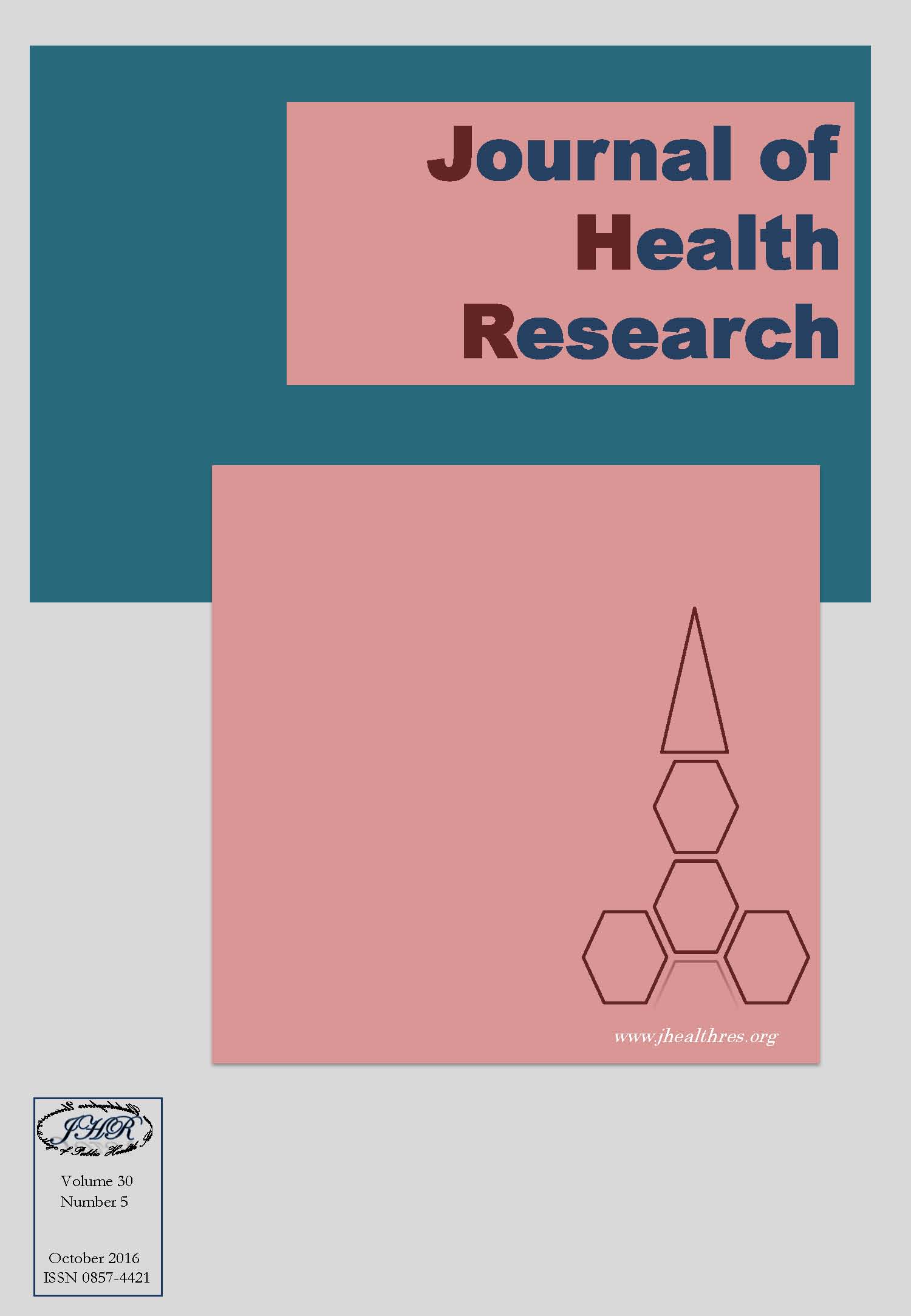Waist/Height Ratio and Traditional Anthropometry for Screening Early Atherosclerosis in Premenopausal/Menopausal Women
Keywords:
Waist/height ratio, Anthropometry, Carotid intima media thickness, Early atherosclerosis, Premenopause, MenopauseAbstract
Background: The premenopausal and menopausal phases are biological processes in women with a decline in estrogen and contribute to the changes of increased abdominal fat deposition. The clinical implications to global cardiometabolic risk have been extensively reviewed but few studies have reported the relationship between different bedside anthropometric obesity indices and subclinical vascular disease, an early marker of cardiac atherosclerosis. Measurement of the carotid intima media thickness (CIMT) is relatively simple, noninvasive test for risk stratification to determine who may require more aggressive therapy. The objective of this study was to assess the usefulness of both the new waist to height ratio (WHtR) and traditional anthropometric measurements as predictors of carotid intima media thickness and carotid plaque, which are markers of atherosclerosis.
Methods: One hundred and fourteen premenopausal and menopausal women without cardiovascular events who had never smoked participated. The traditional anthropometric measurements, including waist circumference (WC) and waist to hip ratio (WHR), as well as WHtR were assessed. Participants underwent CIMT measurement and carotid plaque identification using duplex ultrasonography.
Results: CIMT was positively correlated with WHtR (r = 0.240, p = 0.010), WHR (r = 0.251, p = 0.007) and WC (r = 0.195, p = 0.037). Carotid plaques 8/114 (7%) were not correlated with WC, WHtR or WHR. The traditional anthropometric parameters of weight, height, hip circumference and body mass index (BMI) were not correlated with CIMT.
Conclusions: The new anthropometric parameter WHtR, an indicator of central obesity, correlates with CIMT, an early marker of atherosclerosis, the same as the traditional parameters WHR and WC. However, WHtR had no correlation with the presence of carotid plaque.






